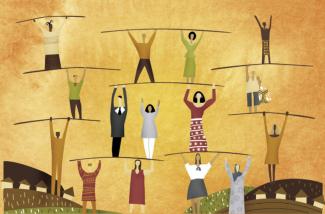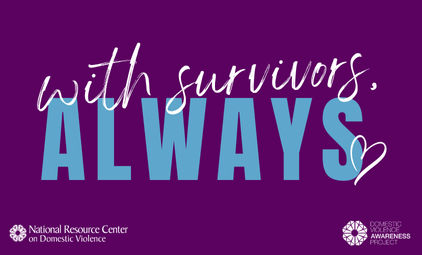Image © Philippines-Canada LGS Program
We have always argued that to end the conditions that breed violence and trap women in abuse, we have to end economic and racial inequality. Women can’t escape from abuse when they have nowhere to go, no help to get there, and no money. By ourselves, domestic violence programs will never solve these economic, housing, and health problems. They require solutions and coalitions far bigger than those we have yet designed.” – Susan Schechter
In this movement to end gender based violence, our vision of healthy and safe individuals, families, and communities is one that overlaps with the work of other social justice movements. On a recent PreventConnect web conference, Saru Jayaraman of ROC United reminded us that together, we gaze upon a shared horizon of the change we wish to see.
Healthy People 2020 emphasizes the importance of addressing the social determinants of health, or the conditions in which people are born, live, work, and age, to “create social and physical environments that promote good health for all.” The World Health Organization embraces this path to health equity noting that “these circumstances are shaped by the distribution of money, power and resources at global, national and local levels.”
Anti-poverty advocates have been working for decades to promote economic justice through a number of key strategies, one of which centers around neighborhood development. The White House has prioritized economic mobility through community revitalization and stabilization, noting that “a child’s zip code should never determine her destiny.” To realize this shared vision of health and safety, we must work collaboratively across sectors to achieve social and economic justice and address the unique needs of each community.
This eNewsletter highlights new and notable resources and initiatives that NRCDV was proud to be part of and that remind us about the power of partnerships in achieving our common goals.
Read on: Access the full issue for new resources and updates from the NRCDV!















